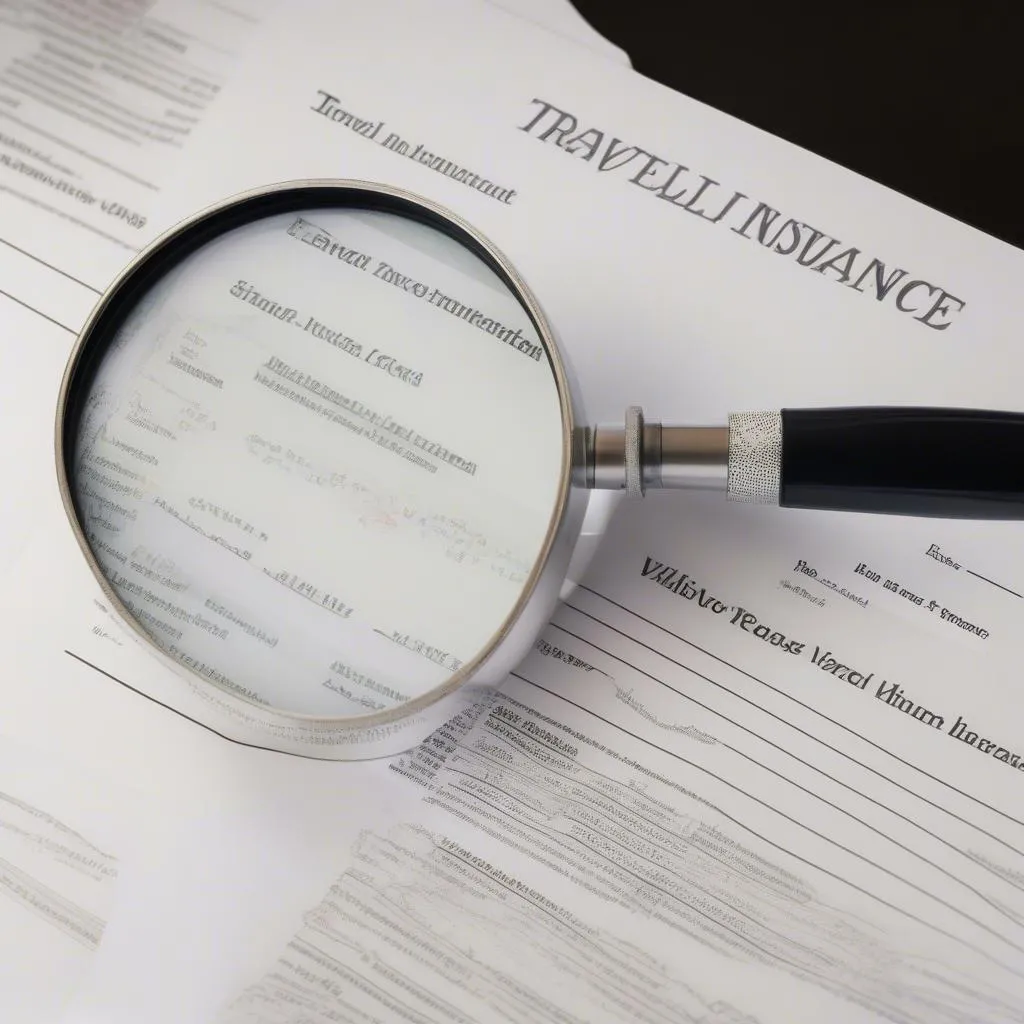Picture this: you’re strolling down Las Ramblas in Barcelona, the scent of paella filling the air, your heart brimming with the joy of exploration. Suddenly, disaster strikes – you trip, fall, and break your ankle. Now, imagine the relief of knowing you have travel insurance… but wait, will it cover this?
While travel insurance offers a crucial safety net for unexpected events during your adventures, it’s not a magical shield against every possible mishap. Understanding what travel insurance does not cover is just as vital as knowing what it does.
Common Exclusions: What Your Travel Insurance Might Not Cover
1. Pre-existing Medical Conditions
Most travel insurance policies come with limitations on coverage for pre-existing medical conditions. For instance, if you have asthma and experience an attack while trekking the Inca Trail to Machu Picchu, your policy might not cover the associated medical expenses if it doesn’t cover this specific condition.
Tip: Carefully review your policy’s definition of “pre-existing condition” and consider purchasing additional coverage if necessary, especially if you have pre-existing conditions and plan to engage in adventurous activities.
2. Engaging in Risky Business: Extreme Sports and Adventures
Are you an adrenaline junkie planning to bungee jump in New Zealand or scuba dive in the Great Barrier Reef? While exhilarating, these activities often fall under the “high-risk” category. Standard travel insurance policies might not cover injuries or accidents that occur while participating in such activities.
Tip: Look for policies specifically designed for adventure travel or add-ons that extend coverage to your chosen activities.
 bungee-jumping-adventure
bungee-jumping-adventure
3. Traveling Against Medical Advice
Ignoring your doctor’s recommendations and traveling against their advice is a surefire way to void most travel insurance claims. So, if your doctor advises against traveling to a certain region due to a health concern, it’s best to heed their warning.
4. Traveling for Cosmetic Procedures
Heading to Bangkok for a nose job or Seoul for double eyelid surgery? While medical tourism is on the rise, standard travel insurance usually doesn’t cover complications arising from elective cosmetic procedures.
Tip: If you’re considering medical tourism, explore specialized insurance plans that cater to this growing trend.
5. Ignoring Travel Advisories
Natural disasters, political unrest, pandemics – these unfortunate events can significantly disrupt travel plans. However, if you choose to travel to a region currently under a government-issued travel advisory, your insurance might not cover any related claims.
Tip: Stay informed about travel advisories issued by your government and reconsider travel plans to areas deemed unsafe.
Planning for the Unexpected: Tips for Comprehensive Coverage
1. Read the Fine Print
Before you embark on your journey, meticulously read your travel insurance policy, paying close attention to the exclusions and limitations. Don’t hesitate to contact your insurer directly if anything seems unclear.
2. Customize Your Coverage
Consider purchasing additional coverage or riders to tailor your policy to your specific needs and travel plans. For example, if you’re carrying expensive camera equipment, adding gadget insurance is wise.
3. Pack Your Common Sense
Remember, travel insurance is designed to provide financial protection in unforeseen circumstances. Taking necessary precautions and making responsible decisions can go a long way in preventing avoidable mishaps.
 travel-insurance-document
travel-insurance-document